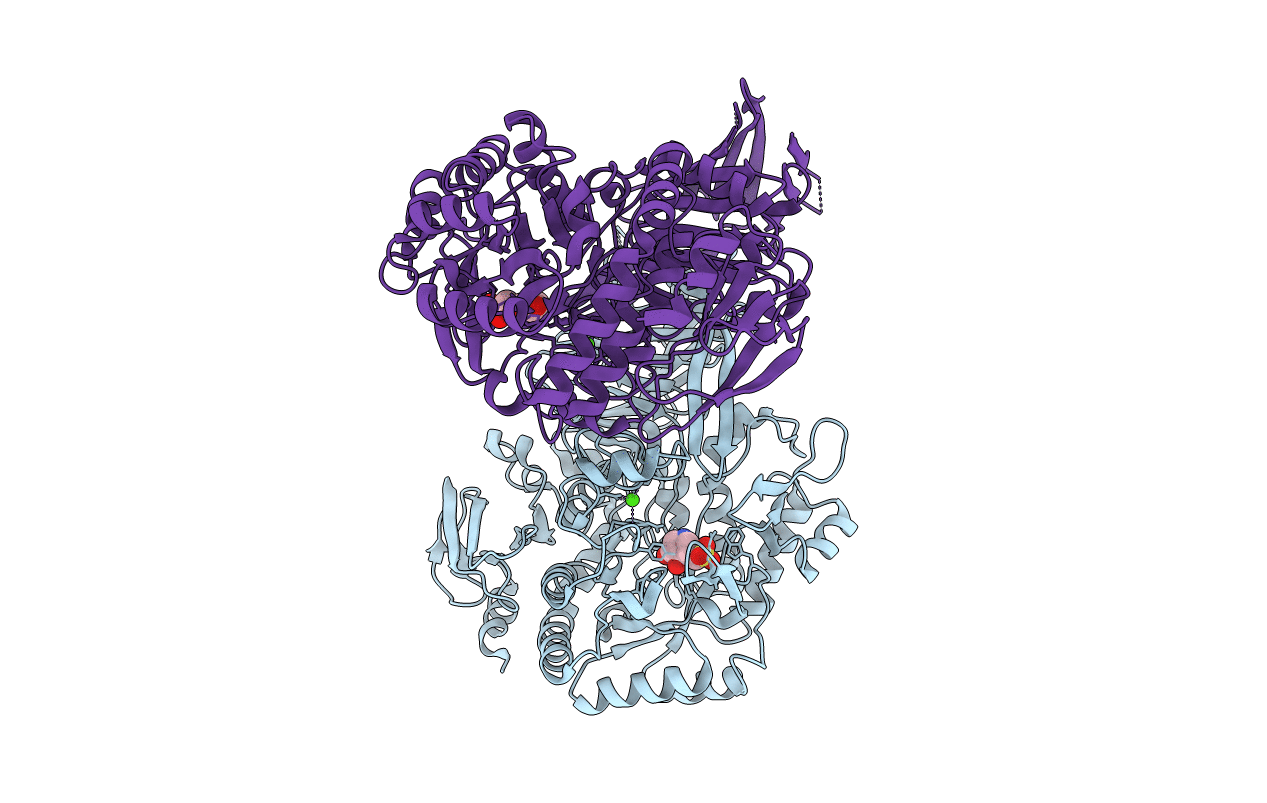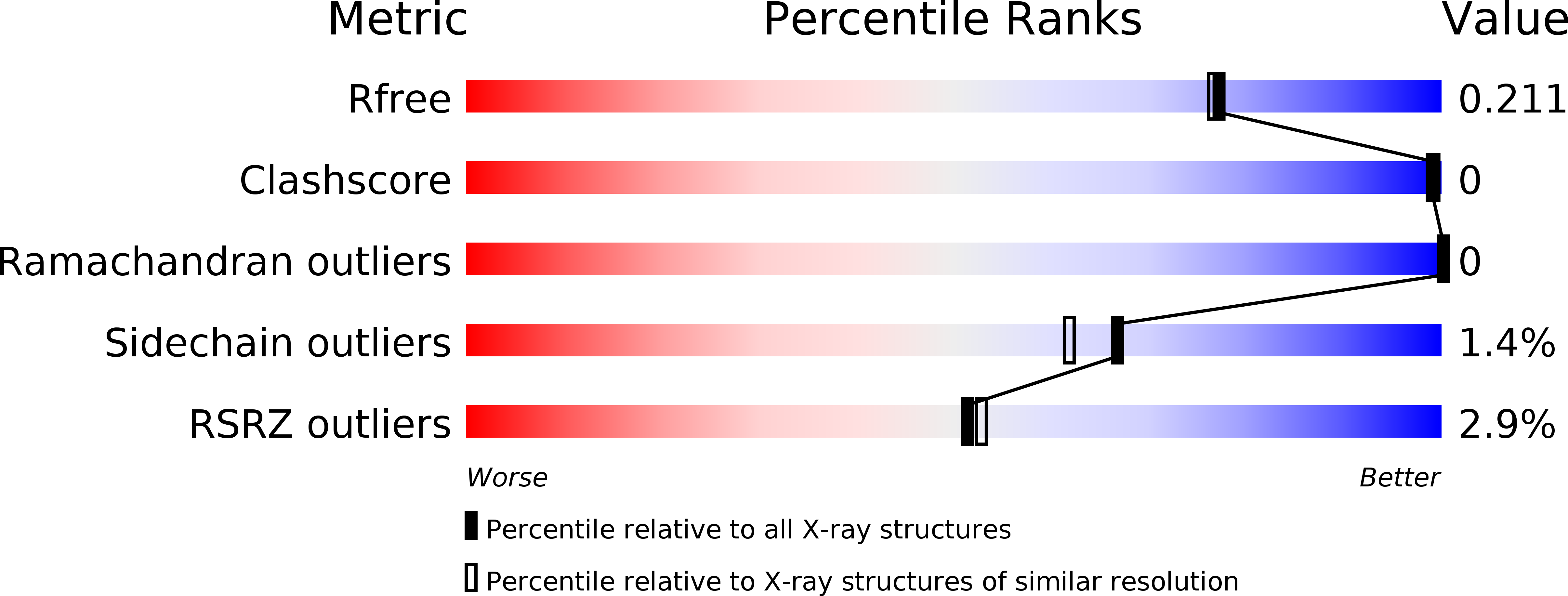
Deposition Date
2017-07-18
Release Date
2018-08-08
Last Version Date
2024-01-17
Entry Detail
PDB ID:
5OHT
Keywords:
Title:
A GH31 family sulfoquinovosidase from E. coli in complex with aza-sugar inhibitor IFGSQ
Biological Source:
Source Organism:
Escherichia coli (strain K12) (Taxon ID: 83333)
Host Organism:
Method Details:
Experimental Method:
Resolution:
1.87 Å
R-Value Free:
0.20
R-Value Work:
0.16
R-Value Observed:
0.16
Space Group:
P 1


